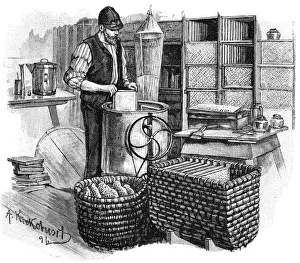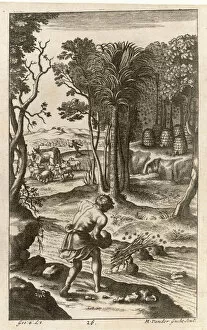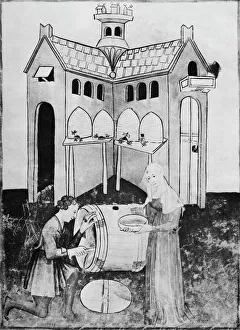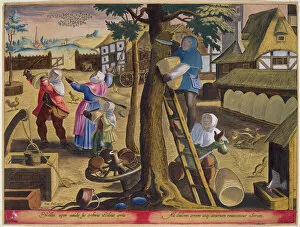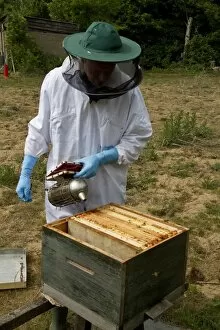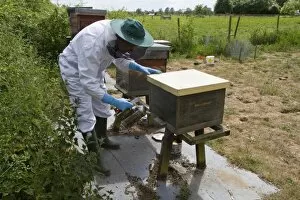Bee Keeper Collection
"Beekeeping: A Timeless Craft Spanning Centuries" Beekeeping, a practice dating back to the 19th century
All Professionally Made to Order for Quick Shipping
"Beekeeping: A Timeless Craft Spanning Centuries" Beekeeping, a practice dating back to the 19th century, has its roots in ancient Roman beekeeping techniques described by Virgil. The art of nurturing beehives and harvesting honey has evolved over time, leaving behind fascinating glimpses into history. In 1936, at Dungeness in Kent, beehives stood as silent witnesses to the industrious nature of bees. These hives were not only sources of sweet golden nectar but also symbols of human ingenuity and collaboration with nature. The 15th century saw the advent of honey harvesting methods that brought joy to many households. As depicted in historical records, people reveled in extracting this delectable gift from buzzing colonies while cherishing their connection with these remarkable creatures. However, challenges have plagued beekeepers throughout history. In Cockermouth, Cumbria (UK), a beehive infected and damaged by the Varroa mite serves as a stark reminder of how climate change-induced milder winters have led to an alarming increase in this parasitic threat against honeybees. Even centuries ago, artists captured the essence of beekeeping through their craft. An engraving titled "Aristeus Compels Proteus to Reveal his Oracles" from 1731 showcases scenes where beekeepers played integral roles within society's fabric. Further immortalizing this age-old tradition is plate 83 from Venationes Ferarum Avium – an illustration depicting diligent beekeepers tending to their hives. Their dedication mirrored that found within Prince Albert's Bee-Hives showcased proudly in 1843. Artists like those who painted "A Spring Day" on canvas in 1899 sought inspiration from picturesque scenes featuring vibrant beehives nestled amidst blooming flora – capturing both the beauty and serenity associated with these busy insects' existence.

